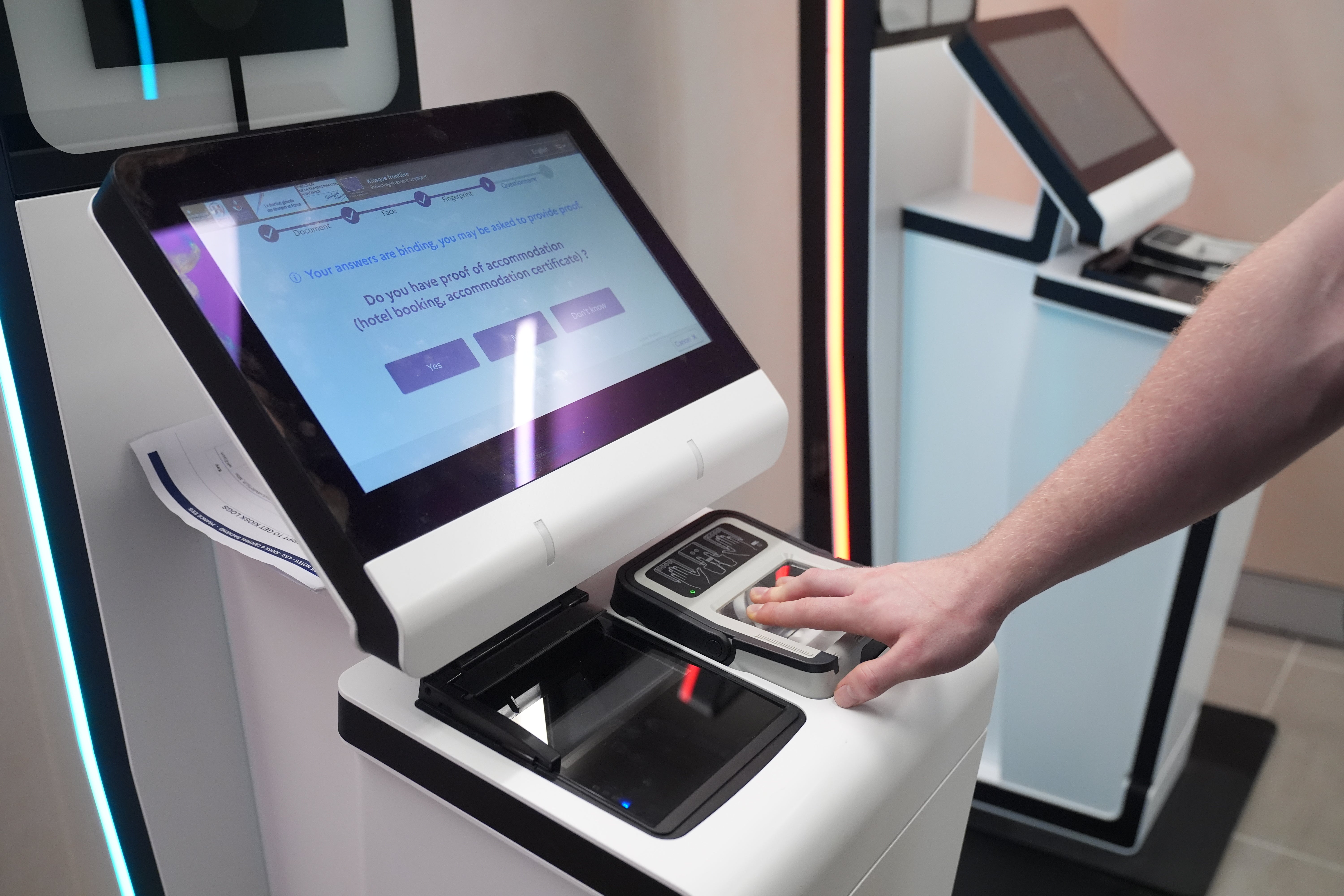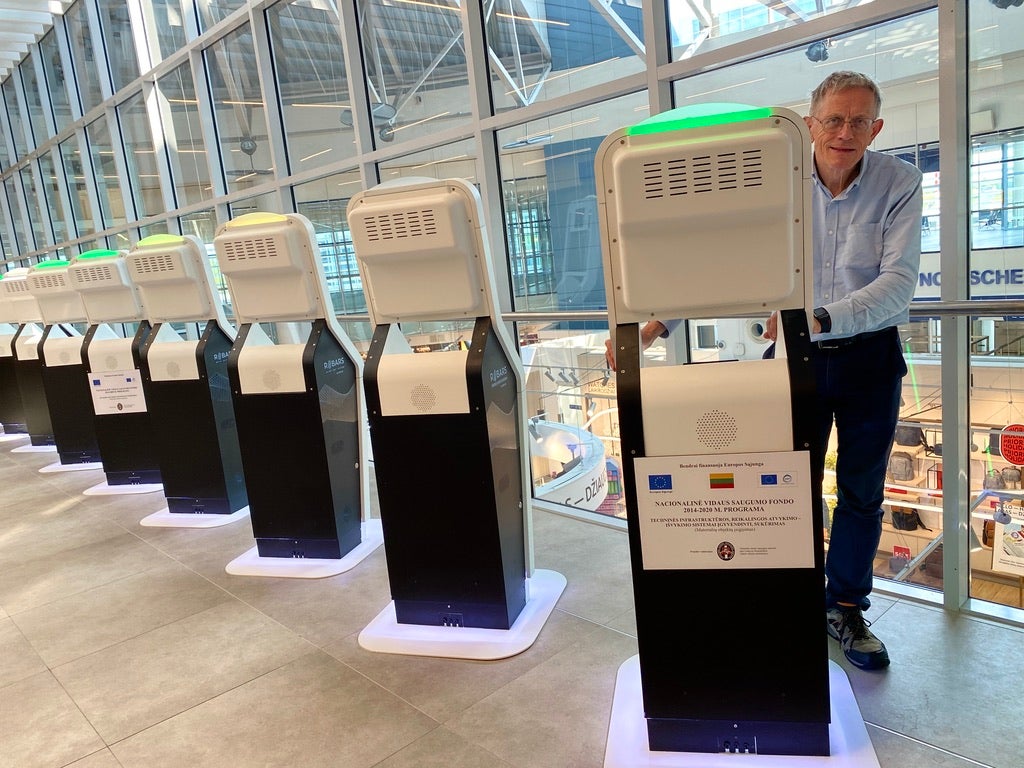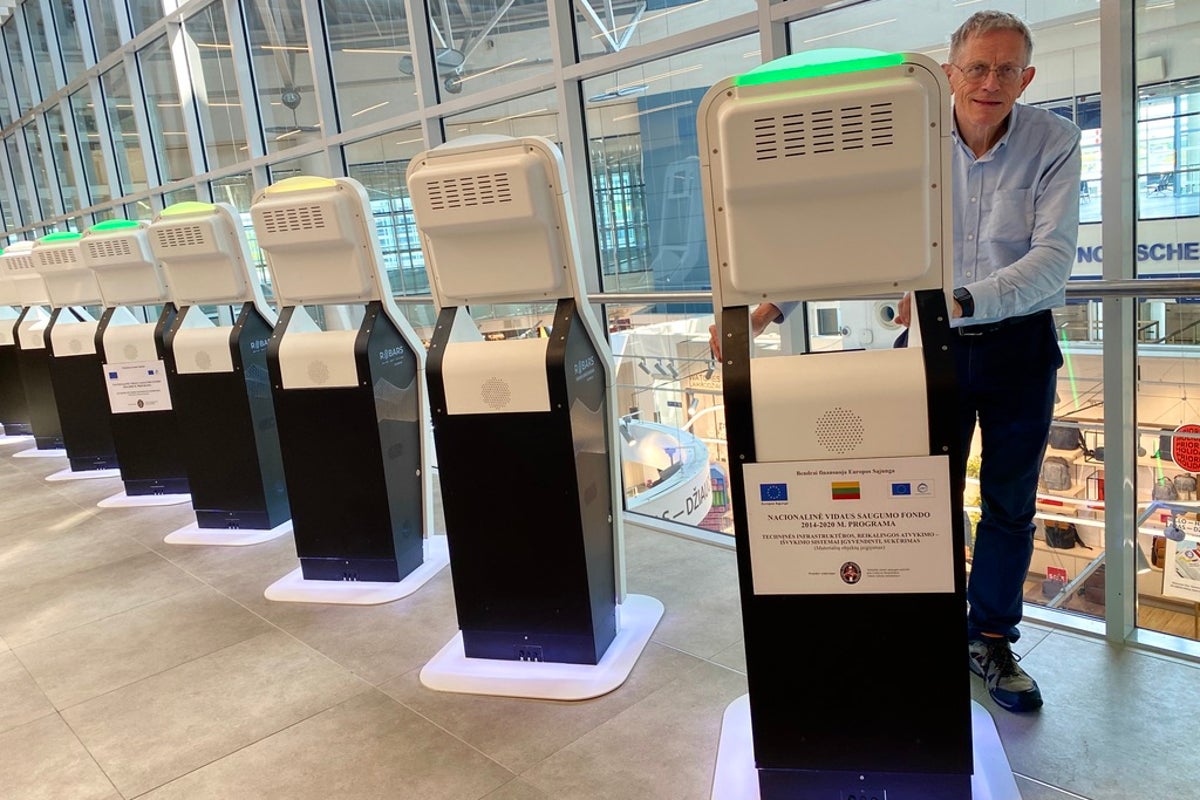Your support helps us to tell the story
From reproductive rights to climate change to Big Tech, The Independent is on the ground when the story is developing. Whether it’s investigating the financials of Elon Musk’s pro-Trump PAC or producing our latest documentary, ‘The A Word’, which shines a light on the American women fighting for reproductive rights, we know how important it is to parse out the facts from the messaging.
At such a critical moment in US history, we need reporters on the ground. Your donation allows us to keep sending journalists to speak to both sides of the story.
The Independent is trusted by Americans across the entire political spectrum. And unlike many other quality news outlets, we choose not to lock Americans out of our reporting and analysis with paywalls. We believe quality journalism should be available to everyone, paid for by those who can afford it.
Your support makes all the difference.Read more
British passport holders – as well as other “third-country nationals”, from the US, Canada, Australia and elsewhere – are about to become subject to the European Union’s entry-exit system (EES). The digital border scheme begins on Sunday 12 October. Many readers of The Independent have posed questions about the EES, so here are the key issues you need to know about…
What’s the big idea?
The long-awaited entry-exit system connects every frontier crossing point in the Schengen area (comprising all EU nations except Ireland and Cyprus, plus Iceland, Norway and Switzerland) with a central database. It aims to crack down on crime and enforce the 90-day stay limit, which applies to British travellers and other third-country nationals, within any 180-day period.
The system will collect or check biometrics from all third-country nationals when they either enter or leave at an external Schengen border. These borders include international airports, sea ports, railway stations and road crossings.
On the first occasion on which the traveller comes into contact with the system, it will create a digital record: registering their face and fingerprints, along with personal data from their passport. (Under-12s are excused from providing fingerprints.) On subsequent crossings of the Schengen area border, the facial biometric will be checked against this record.
What is the mechanism?
Most travellers will register on kiosks installed at borders. You place the photo page of your passport as indicated, and then follow the instructions.
On subsequent visits, you will either use a kiosk to confirm that your face and passport match the details stored on the system, or an eGate if these have been modified to perform the face-check for non-EU travellers.
What will I notice on day one?
Probably nothing. The EES is being rolled out gradually over the course of 180 days, from 12 October 2025 to 9 April 2026.
Initially, member states are only required to introduce the EES on a token basis – Germany is starting with Dusseldorf airport – and only a small proportion of travellers will be required to go through the entry-exit system.

open image in gallery
An EES kiosk on show during a preview at King’s Cross St Pancras before its rollout (PA)
Spain, the most popular nation for British holidaymakers, says: “During the six-month trial period for the EU EES, it will be implemented gradually at Spanish border crossings, first at airports, then at land borders, and finally at sea borders.
“On Sunday 12 October, the first test will be conducted with passengers on a flight arriving at Madrid-Barajas-Adolfo Suárez Airport early in the morning.”
The Independent has identified three countries that will be fully prepared from day one: the Czech Republic, Estonia and Luxembourg.
Do I need to prepare anything in advance?
No. This is an additional layer of red tape at the port of entry. For the first six months, the old-style analogue business of checking and stamping passports will continue as normal – but you may be asked for biometrics too.
It will be another year before you have to enrol for an Etias “euro visa” ahead of a trip.
What happens to EU passport holders when the EES starts?
They will breeze through the frontier via special lanes, where the only check will be a glance at their passport to check that a) it’s valid and b) it’s theirs. Just as it used to be for British passport holders before Brexit. If you have an EU passport, you can wave us all farewell and be in the bar in record time.
How long does my ‘digital record’ last?
For three years after an interaction with the EES. Each new visit triggers another three years of validity of the initial registration. In other words, if you don’t cross a Schengen area frontier for three years, you will need to register again.

open image in gallery
An entry-exit system kiosk at Vilnius airport, Lithuania (Charlotte Hindle)
Renewing a passport should not require you to register again. The system should update automatically when you present your new passport and the system checks your facial biometric.
Do I need to provide proof of travel insurance?
Almost certainly not. While it is true that the EES kiosks in the Eurostar terminal at London St Pancras International are asking “Do you have medical insurance?”, this has been a requirement to enter France (but no other EU country) for many years, and has never been enforced for UK travellers. The kiosks at Folkestone, for Eurotunnel crossings, are not asking this question.
The UK government insists: “Medical insurance will not be a mandatory requirement for UK citizens travelling to the EU under EES. However, we strongly recommend that all passengers purchase comprehensive travel insurance, including medical cover, before travelling abroad.”
What if I am on a cruise?
If the voyage starts and ends in the UK, you should not need to use the entry-exit system. The Home Office says: “Sailings that start and finish their journey outside of the Schengen area (for example, at a UK port) will generally be exempt from EES checks, including for any day trips into the Schengen area that are part of their itinerary.”
If you are on a “fly cruise” and are joining and/or leaving the ship in a Schengen area port, you will need to go through the entry-exit system at the Schengen frontier.
